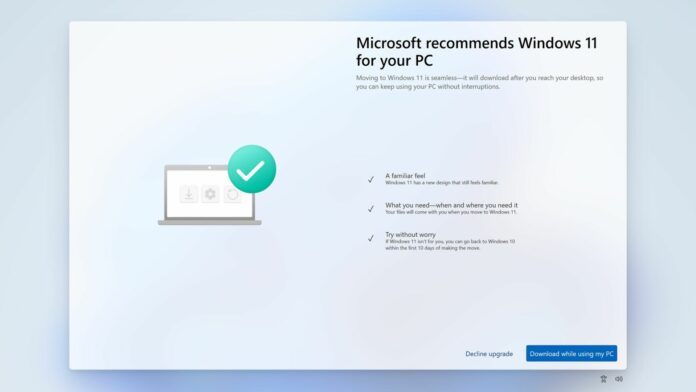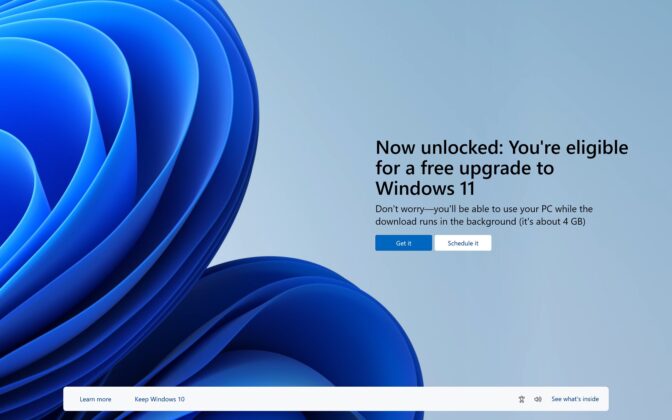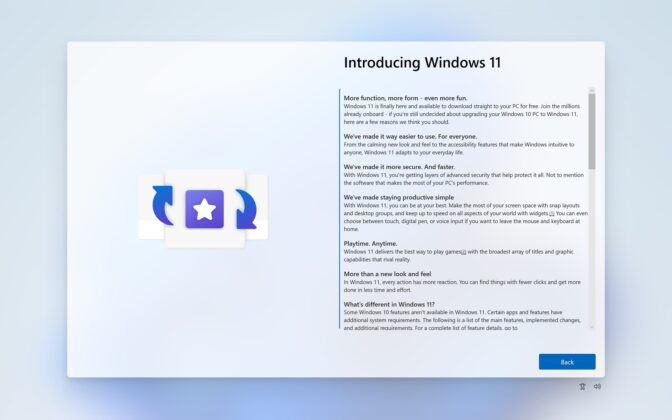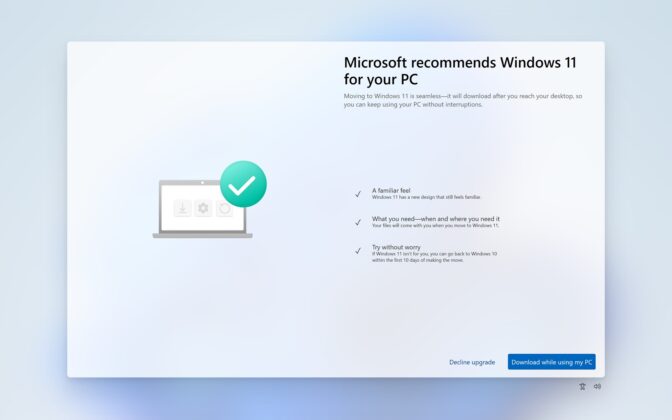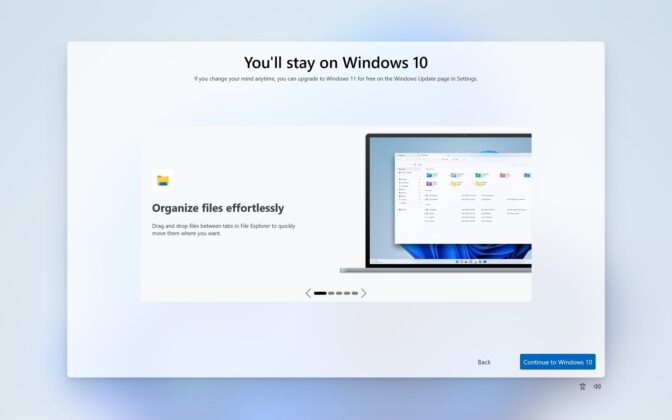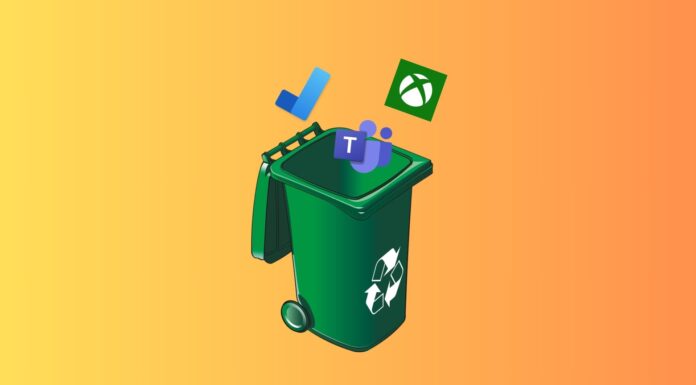Windows 10 users started seeing full-screen pop-ups after installing a cumulative update release in May 2023. Now, the pop-up is back again on our Windows 10 PC after installing the optional update released in January 2024, and it gouges the eyes. No one expects a gigantic multi-slide advert using their PCs (web browsers are a different story).
It’s been more than two years since the release of Windows 11, but a huge chunk of users are still using Windows 10. Microsoft announced that Windows 10 will reach the end of support (EOS) on October 14, 2025, and slowly started urging users to shift to the latest version, i.e., Windows 11.
Despite offering a free upgrade, users prefer to stick to Windows 10, at least until the dreaded EOS date arrives. You can upgrade to Windows 11 or stick to Windows 10 by clicking the “Keep Windows 10” option.
As you can see in the above screenshots, Microsoft is pushing Windows 11 through a four-page long pop-up:
- First screen: Microsoft is telling you that your computer can switch to Windows 11 for free. You can still use your computer while it sets up the new system in the background, and it won’t take up much space.
- Second screen: Microsoft recommends switching to Windows 11 because it’s a smooth change. Your stuff will move with you, and the design is easy to get used to.
- Third screen: This message introduces Windows 11 as a fun upgrade with a new look, better security, and speed. It’s designed to be easy to use and helps you work and play better. They also note that some things from Windows 10 might not be in Windows 11.
- Fourth screen: Finally, Microsoft is telling you that you can stay with Windows 10 if you want, but they remind you that you can upgrade to Windows 11 for free.
But why aren’t users shifting to Windows 11, which promised to offer a lot (better UI, improved system apps, and full-blown AI assistant integration)?
For some, it is the lack of stability; for others, it is the lack of support for older hardware. Windows 11’s stern requirement of a TPM 2.0 chip obstructs the installation for many users.
Even if the PC has impressive specs, older or missing TPM chips deter them from using Windows 11.
There is a way around TPM and Secure Boot, but that beats the point of switching to the new operating system and not having the most-talked-about security features.
Windows 10 commands a ginormous user base
You might think that most users must have hopped to Microsoft’s latest and greatest OS offering after seeing the ads, but sadly, that isn’t the case. StatCounter reports that Windows 10 still has a 66.43 percent market share in contrast to Windows 11’s 27.82 percent market share.
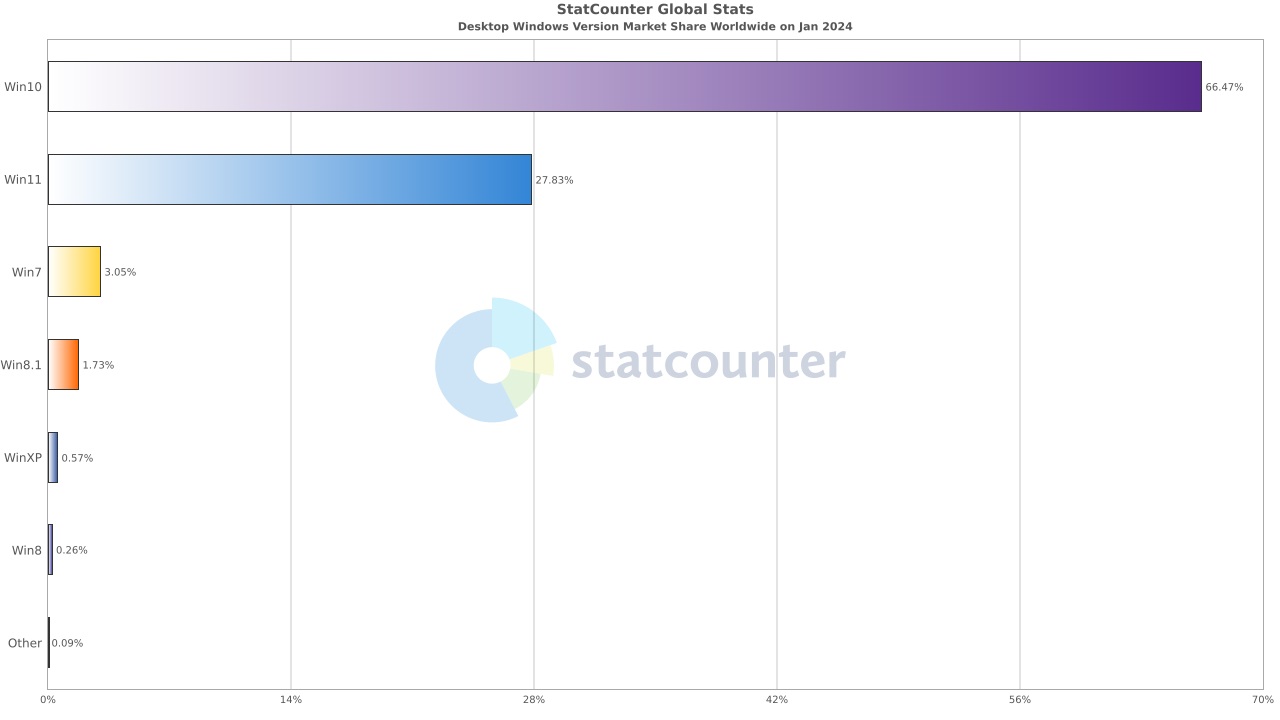
However, Windows 11’s market share displayed a small increase from 26.63 to 27.82 percent after the September 2023 update, which integrated Copilot. Windows 10 showcased a steep downfall from 71.6 percent to 66.43 percent during that time, even after Microsoft released Copilot for it.
This small increase indicates that users are upgrading to Windows 11 (either by updating their PCs or allured by the feature add-ons).
However, 66.43 percent of users are still on Windows 10, so Microsoft might consider extending the EOS date. Otherwise, more than 60 percent of Windows users will receive no updates, which will cause a rise in security incidents.
We are still determining whether Microsoft will slow down the pop-ups or adopt a more coercive upgrade strategy. However, the ad menace aggravates many users who might even consider moving to alternatives like Linux when the time arrives.










